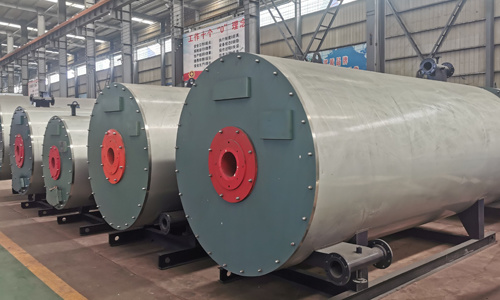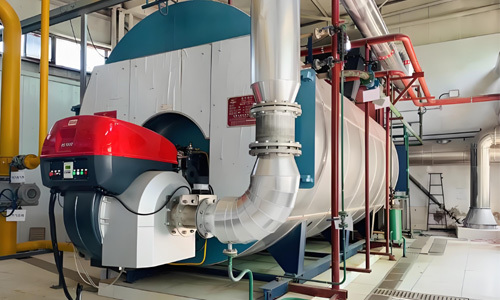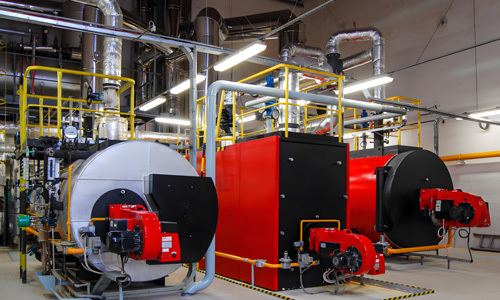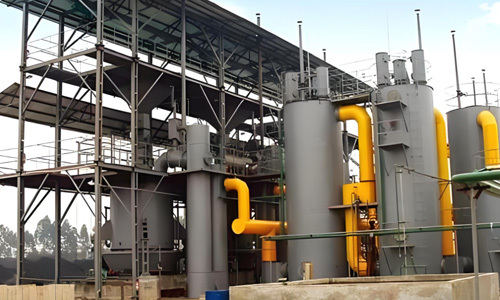What are the manifestations of uneven heating in steam boilers?
2025-01-11

Steam boilers are one of the commonly used boiler equipment in modern industry. The principle of the boiler is to heat water to a certain amount of heat, generating high-temperature steam to provide effective production power. Here is some basic information about steam boilers.
The heating surface of the steam boiler consists of parallel pipes. The ratio of the enthalpy increase of the working medium in a single coil to the average enthalpy increase is called thermal deviation. The thermal deviation of the boiler is mainly caused by uneven heat absorption and flow.
The reasons for the imbalance are as follows:
1. Uneven heat absorption in steam boilers.
The reasons for uneven heat absorption are closely related to the arrangement of burners, operating methods, and types of fuel. An uneven temperature distribution in the furnace can lead to low thermal load intensity on the water-cooled walls. Generally speaking, when the type of fuel is the same, the thermal load distribution of liquid slag discharge boilers is much more uneven than that of solid slag discharge boilers, and the thermal load of oil-fired boilers is more uneven than that of coal-fired boilers. The thermal deviation of vertical tube screens is greater than that of horizontal tube screens.
The uneven heat absorption of direct-flow steam boilers is different from that of natural circulation steam boilers. Natural steam boilers have the characteristic of heat compensation, which can play a major role in reducing heat deviation. However, in the evaporative heating surface of direct-flow steam boilers, for pipes that absorb more heat, due to the large amount of steam generated inside the pipes, the capacity increases, and the resistance increases, resulting in a decrease in the flow rate of the steam pipes. Conversely, the flow rate of weak heat pipes increases. Therefore, the uneven heat absorption of the evaporative heating surface of direct-flow steam boilers not only causes thermal deviation but also amplifies the thermal deviation through the influence of uneven flow.
2. Uneven flow in steam boilers.
The different flow resistances of the heating surface parallel pipes, the pressure changes along the length of the distribution header, and the different hydrostatic heads between the pipes can all cause uneven flow.
The impact of flow resistance on thermal deviation varies due to the differences in structure, quality, length, diameter, roughness, and curvature of the steam pipes. Under the same pressure difference, resistance can cause uneven flow.
The impact of hydrostatic head on thermal deviation: in vertical rising tube screens, due to the relatively large height of the tube screen, when the parallel pipes are heated unevenly, the density can vary significantly. Therefore, the influence of hydrostatic head must be considered. When the thermal load of a single pipe is high, the flow rate of the pipe decreases, but due to the decrease in the density of the working medium inside the pipe and the reduction in hydrostatic head, the flow rate will increase. Therefore, heavy hydrostatic head helps to reduce thermal deviation.
Key words:
Boiler manufacturing
Related News
2024-05-22
China Boiler Network aligns with the supply market and innovates the main body model.
2024-05-22
The two main approaches for the transformation of coal-fired industrial boilers.
2024-05-22












